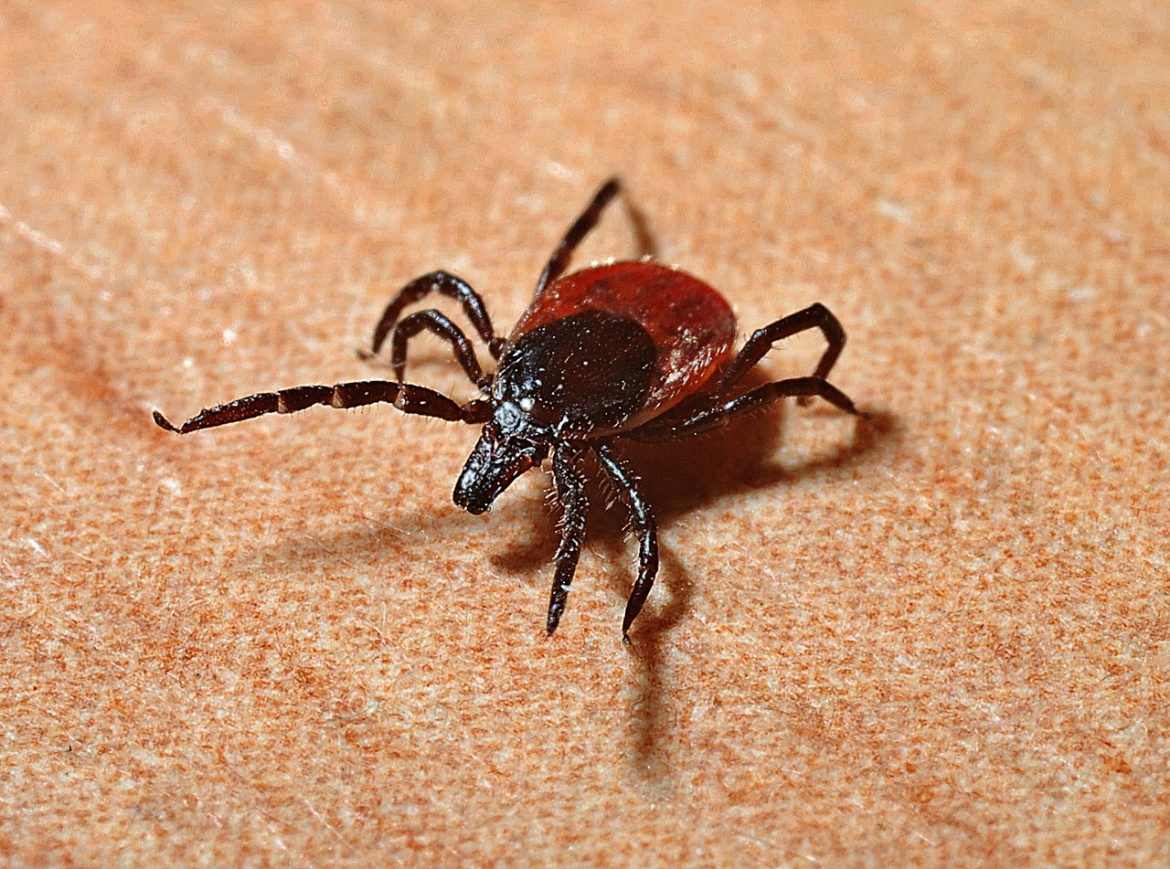Home maintenance is essential for all people, and taking care of pests is part of this process. Ticks may not be the most common of home pests. However, in the wrong seasons, they can pose quite a problem, especially for people with pets.
There are some techniques that can help you identify a tick problem in your home. Before contacting Excel Pest Services to help you with the problem, use the tips below to help you tell whether the issue actually exists. If you suspect that your home is tick-infested, or your pet has been bitten, there are some places you need to check around your home.
Most people tend to focus on their yard, inside the home, or on their pets. While these areas might reveal the secret, there are a few more places to check. It is essential to learn where the ticks might be living in your home. This can help you know the areas of infestation ahead of coming up with the most effective solution.
The guide below can help you inspect your home for ticks
1. Inspect Your Pets
One way to tell if there are ticks on your pet is to check for a bump while touching or petting them. You need to understand that there are tick seasons, and during this time, you need to inspect your pets frequently for ticks.
To inspect your pet properly, start with a pair of tweezers, and carry a small ball of rubbing alcohol in the process. Check for bumps by rubbing the coat of your pet carefully. This will help you notice any bites.
The areas you need to check more are the tail, armpits, and between the toes. You can ask someone to assist you if you have many pets to inspect.
In case you find ticks, use tweezers to remove ticks from the pet’s coat carefully. While doing this, you need to follow the instructions given by your veterinarian. Drop all the ticks inside the bowl of rubbing alcohol to kill them fast.
If the inspection reveals that the infestation is severe, contact your vet right away. They will conduct a blood test to find out if your pet has been infected by the ticks.
2. Inspect Your Home
If you have pets at home, they might bring some ticks with them. In some cases, humans can carry ticks, especially if they spend time in infested areas before coming back home. If you feel that there may be ticks in your home, you should inspect the areas mentioned below. Make sure you use a flashlight for the inspection.
- Pet Bedding and Crates
Live ticks like to spend time in pet beddings and crates because that is where their hosts spend the most time. In the process, you want to check the cracks and crevices of dog beds since these are the areas they use for breeding.
- Around Baseboards and Entry Points
Ticks can access your home through doors and windows. Therefore, pay close attention to windows and door frames. Ticks like to use baseboards to hide and breed, so make sure to check them as well.
- Upholstered Furniture
Check the seams, tufts, folds, and areas where cushions meet the arms of furniture, the backs of upholstered furniture, and the backs of chairs. If there are areas that your pet spends the most time, check them out as well.
3. Check Your Yard for Ticks
If you find ticks on your pets, there is a good chance they got them from the yard. By knowing the exact points where ticks live in your yard, you will have an easy time treating them for infestation.
You need to do this to reduce the amounts of bites your pets get from the ticks. Also, they will not bring them back to your home. With a bright flashlight, you want to inspect the following parts of your yard:
- The dense or tall bushes
- The bushes, trees, or tall grasses
- Along brick or rock retaining walls
- Any areas where your pet likes to spend time outdoors
- In sections with leaf debris
The Final Thought
If you have ticks in your home, you need to take the right measures to get rid of them. If you are not sure of how best to take care of the problem, seek assistance from professionals like Excel Pest Services. Note that it is crucial to control ticks as soon as you find them because they might carry deadly infections. Once you do this, you will be able to move on to the next aspect of home maintenance.


